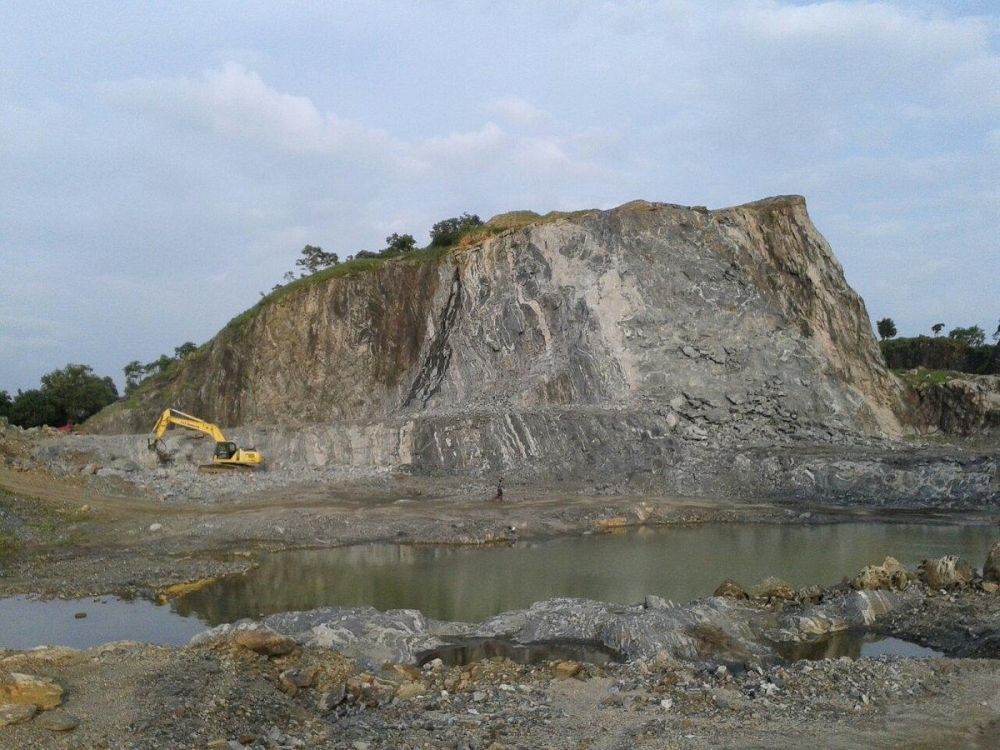

Nestled in the verdant Western Ghats of Kerala, Raja's Cliff, with its unspoiled beauty, has been a hidden gem for those seeking tranquility and a brush with nature. Palakkad, also known as the 'Gateway of Kerala,' has a rich tapestry of history and culture, which has played an integral part in shaping its tourism narrative.
The history of tourism at Raja's Cliff is relatively recent when compared to some of the more established tourist attractions in Kerala. For many years, the cliff was only known to the locals and a few intrepid travelers. It was a place steeped in local lore and stories, named after a British officer who is said to have been enthralled by the view it offered.
Over the years, as tourism developed in Palakkad and visitors became more adventurous, Raja's Cliff began to see an increase in footfall. Today, although it is not as crowded as some other spots in Kerala, Raja’s Cliff offers a serene and picturesque experience to those who make the journey.
Palakkad witnessed a gradual increase in tourism as travelers began to seek out new experiences beyond the well-worn paths of Kerala's beaches and backwaters. Efforts to promote eco-tourism and showcase the rich biodiversity of the Western Ghats contributed to the rise in popularity of destinations like Raja's Cliff. This was supported by the development of infrastructure, such as improved roads and better accommodation options.
Raja's Cliff stands at over 3,500 feet above sea level and offers breathtaking views of the surrounding valleys and forests. It provides an ideal spot for bird watching, photography, and soul-searching. The cliff is also a starting point for trekkers heading towards the Nelliyampathy Hills, another jewel in the Western Ghats. The peaceful ambiance and the panoramic vista are what most visitors find enchanting about Raja's Cliff.
As travel preferences shift towards sustainable and off-the-beaten-path experiences, Raja's Cliff is garnering attention as an eco-friendly destination. Tourists are increasingly interested in activities such as nature walks, trekking, and enjoying the local flora and fauna.
Homestays and eco-resorts in the vicinity of Raja's Cliff offer authentic experiences and opportunities to understand the local way of life. This form of community-based tourism ensures that visitors not only enjoy their stay but also contribute to the local economy.
To fully enjoy what Raja's Cliff and Palakkad have to offer, travelers should consider visiting during the cooler months from October to March. This period provides the most pleasant weather for outdoor activities. Additionally, it is advisable to plan your trip with local tour operators who know the region well and can provide insights into the history and ecology of the place.
As tourism continues to grow in Raja's Cliff, there is a strong emphasis on conservation and responsible tourism practices. Visitors are encouraged to respect the natural habitat and participate in efforts to preserve the beauty of the Western Ghats. This includes adhering to guidelines for waste management and being considerate of the wildlife in the region.
In conclusion, Raja's Cliff in Palakkad, Kerala, stands as a testament to the evolving tourism landscape of India. It offers a blend of natural beauty, cultural richness, and sustainable travel experiences that are increasingly sought after by the modern traveler. Bold explorers willing to venture beyond the conventional will find Raja's Cliff a rewarding destination.